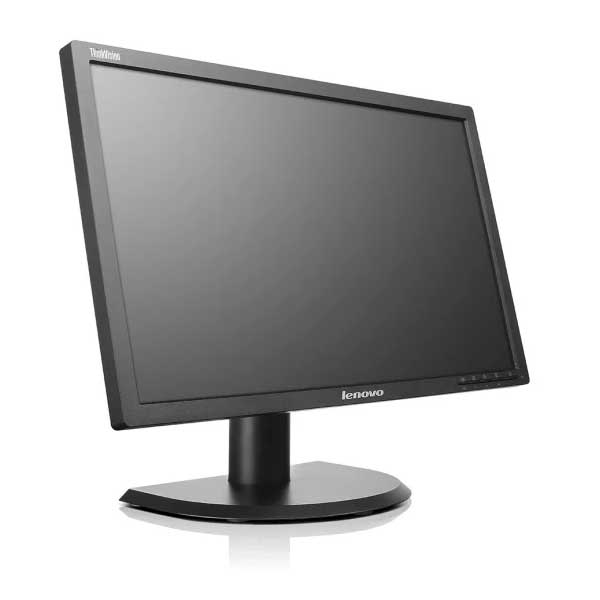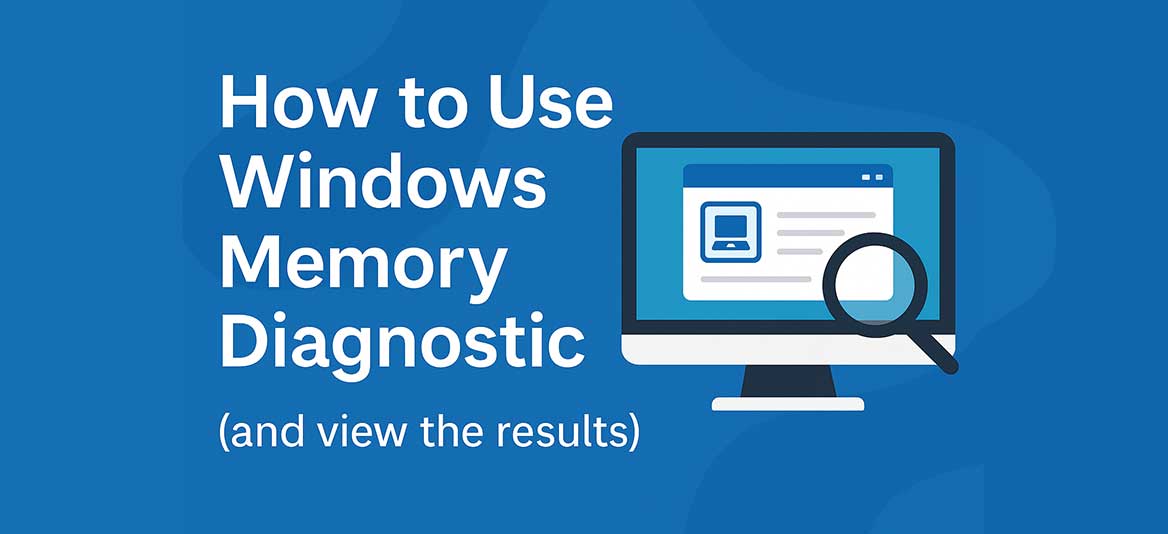Tech-Info
How to Use Windows Memory Diagnostic (and View the Results)
If your computer is crashing, freezing, or just acting weird — faulty RAM might be to blame. Luckily, Windows has a built-in tool to check your memory: Windows Memory Diagnostic. It’s free, easy to use, and can give you a heads-up if your RAM is on the way out.
Here’s how to run it — and how to check the results properly using Event Viewer.
🧪 Step 1: Launch Windows Memory Diagnostic
- Click Start and type
Windows Memory Diagnostic, select it and press Enter - Click “Restart now and check for problems”
- Your PC will reboot and run a test (this may take 5–15 minutes)
- When finished, it will boot back into Windows
🔎 You may or may not see a pop-up with results — but don’t worry, we’ll show you how to view them properly.
📂 Step 2: View the Results Using Event Viewer
Here’s where most people get stuck — the results can be easy to miss. Follow these steps:
- Click Start and type Event Viewer, select it and press Enter
- In the left sidebar, expand:
Windows Logs > System - In the right pane, click “Filter Current Log…”
- Set these filters:
- Event Source:
MemoryDiagnostics-Results - You can also filter by Event ID: 1201 (optional)
- Event Source:
- Click OK — the most recent memory diagnostic entry will now show
💡 Note: You may see lots of other system events or warnings. These are normal and usually harmless. Just focus on the ones from MemoryDiagnostics-Results.
🧠 What Do the Results Mean?
- “No errors were detected” = Great news! Your RAM is fine
- “Hardware problems were detected” = One or more RAM sticks may be faulty
- No result found? = Try running the test again and double-checking Event Viewer
If you do have memory issues, consider replacing the RAM.
✅ Final Thoughts
Windows Memory Diagnostic is a quick and free way to check if your system’s memory is healthy. Just don’t forget to check the results properly in Event Viewer afterward. If you’re seeing errors and your computer came from us, we’re always here to help.
Need help troubleshooting a refurbished device?
👉 Contact NZ Laptop Wholesale Support














